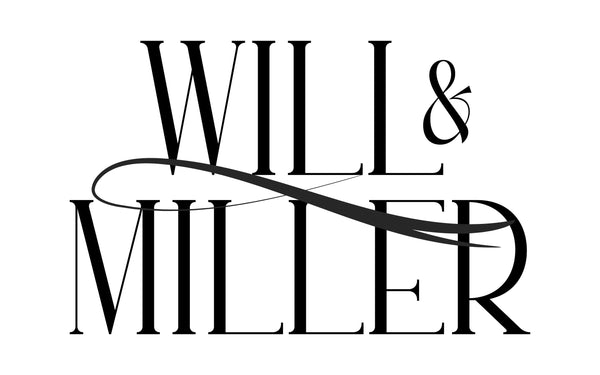Lozarn

Here’s a vinous story that embraces three continents, yet is firmly rooted in the fertile soils of the Breede river valley. Lozärn wines, handcrafted on Doornbosch farm, honour a family matriarch while celebrating a red varietal whose very name evokes images of South American castanets and sambas!
Join us in raising a glass of captivating Carménère for a toast to the Smuts family who are nurturing this exotic cultivar far from its adopted home. The grape is likely to be well-known to travellers who have sampled the wines of Chile, where it was confused with Merlot until, during the last decade of the 20th century, studies proved that the vines were, indeed, Carménère, which had been
lost to Europe since the phylloxera outbreak in the 19th century.
In 2012, winemaker Salóme was enjoying a fine Chilean Carménère with husband, Sybrand and a true friend. It was love at first sip, which led to the planting of a Carménère vineyard two years later on Doornbosch. This is – as far as they can ascertain – the first single vineyard Carménère for South Africa. The wine bug had bit, and the Chilean import was joined by several other Bordeaux cultivars along with Sauvignon Blanc.
Time to unearth a little family history which forms a parallel tale in the Lozärn story. In 1898 a daughter was born to Robert Müller and Amy Sedgwick in Fish Hoek and was named Kathleen May. Her maternal grandfather was Captain James Sedgwick, founder of the famous Sedgwick’s Old Brown sherry enterprise. Kathleen’s childhood was shared between Europe and South Africa, followed by studies at a horticultural college in Warwickshire. The advent of World War I saw her father serve in the German army, which led to Kathleen, known as Kay, join her mother and sister in escaping on a troop train to Switzerland where they settled in Lucerne. This picturesque city soon found a special place in Kay’s heart.
At the age of 21 Kathleen May married Sebastian Smuts in Harare, Zimbabwe. They ended up relocating to Somerset West. Here Sebastian Smuts managed the vast Vergelegen. Kay’s urge to farm herself saw them buying land in the Robertson valley in 1923, naming it after her fond memories Lucerne; she farmed mainly with ducks and chickens. Their only son Ivan Sedgwick Smuts took over the farm eventually, planting vineyards and orchards. He and his wife Dianne Beard had three sons, one of whom, Grant Smuts now runs Lucerne along with his sons Juan-Ivan and Sean-Grant, the fourth generation.
Lozärn, the Swiss-German pronunciation of Lucerne, was chosen as the wine brand, and labels are adorned with a skeletal image of a duck. Granny Kay is also honoured with a fine Bordeaux-style red blend named Kay’s Legacy.
The maiden vintages of the Lozärn range were released to an appreciative public at the end of 2017. Success in the form of gold from the Michelangelo contest for the 2017 Sauvignon Blanc attests to quality and promises future success for this boutique range, crafted by winemaker Salóme Buys-Vermeulen.
Winemaker Salóme, who marks her 10th year in the industry in 2018, is both passionate and dedicated to her work, describing it as “sensory science”. She expresses her achievements like this: “After a full circle of seasons in the vineyard… you get to bottle your love and passion and share that vintage with others… Forever captured.”
